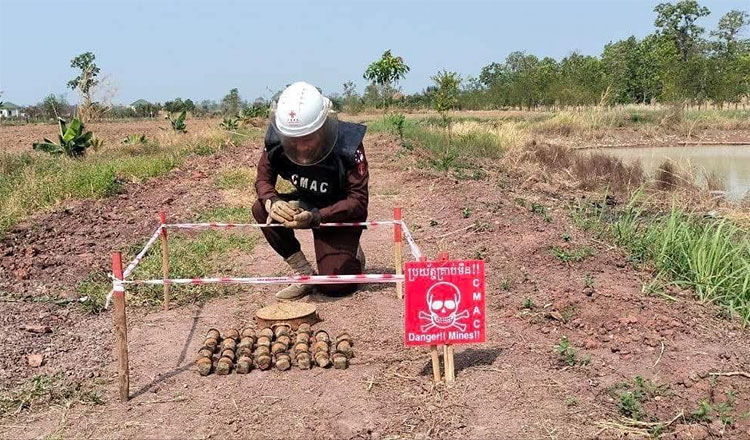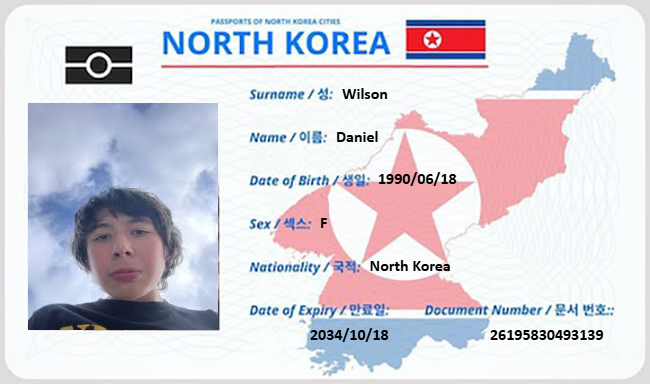As countries step up their preparation for the unpredictability resulting from the new Trump 2.0 administration, Malaysia and Singapore appear to have shown the world their readiness to meet the challenges with new value propositions combining the respective strengths and complementarities of each country.
The establishment of the Johor-Singapore Special Economic Zone (“JS-SEZ”) on 7 January 2025, about a year after the proposal was first agreed in principle , was the prime example of their readiness to navigate complex international business landscape that is still struggling to restructure supply chain to accommodate the new normal of unpredictability in terms of trade, investment, and logistics.
The way in which these two countries manage to achieve such an exemplary feat in terms of cooperation with neighboring countries deserves admiration, let alone emulation, especially from countries like Cambodia and Thailand.
Generally speaking, when the “outside” is difficult, it is important to strengthen the “inside”.
This means that when the international situation is murky and vulnerabilities to external shocks are significant, countries tend to resort to strengthening collaboration within the region or countries close to home, in addition to efforts to promote national resilience.
Malaysia and Singapore understand the difficulties associated with the geopolitical rivalry between the United States and China, and they have made efforts to turn crisis into opportunities by capitalizing on their own combined strengths.
It’s not that there aren’t any difficulties between these two nations. There are actually many difficulties between them. These two nations had historically a shared governance system, and the way Singapore was “abandoned” had a somewhat lasting emotional bitterness, pride and prejudice. Transboundary haze, water pricing, and even territorial disputes continue to pose many difficulties for their relations.
One territorial dispute between Singapore and Malaysia re-emerged in October 2018 which concerns the maritime area in the Johor Strait, which is off the coast of Singapore’s reclaimed land area known as Tuas.
Both sides invoked sovereignty to defend their claims. Singapore’s government described Malaysia’s move as encroaching “Singapore’s territorial waters off Tuas”. The then-Finance Minister Heng Swee Keat claimed Malaysia’s move was a violation of international law. Other Singaporean ministers accused Malaysian government vessels of intruding its territorial waters.
In return, the then-Malaysia Transport Minister Anthony Loke declared that “the altered port limits of Johor Bahru are in Malaysia’s territorial sea and it is well within Malaysia’s right to draw any port limit in our territorial sea in accordance with our national laws.” According to Loke, the act of land reclamation involved with Tuas amounted to “serious violations of Malaysia’s sovereignty and international law and are unconducive to good bilateral relations”.
The difficulties related to territorial issues have been there for a long time already, and it does not appear that these issues will be settled anytime soon.
But Malaysia and Singapore can still cooperate with each other for their national interests, and they can still join hand to try to overcome the urgent and immediate challenges.
And both sides benefit.
Spanning 3,571 square kilometers, or over four times the size of Singapore, the JS-SEZ aims to reshape Southeast Asia’s economic landscape. Singapore will leverage its prowess in treasury and innovation, while Malaysia’s state of Johor will seek to capitalize on its strengths in production and resources.
Singapore’s semiconductor industry, which accounts for around 7% of its gross domestic product (GDP) and contributes more than 10% of global semiconductor output and about 20% of global semiconductor equipment production, will benefit from Johor’s budding assembly and testing capacity.
According to some business practitioners, this collaboration could create a regional supply chain to rival China’s Shenzhen, offering resilience and proximity to Association of Southeast Asian Nations (ASEAN) markets.
When we look at what Cambodia and Thailand are doing now, we should feel embarrassed. Cambodians and Thais should feel the same: we are being left behind, we are taking many steps backwards.
For Thailand, apart from China, Cambodia is probably the most promising neighboring destination for joint business collaboration.
But regrettably, when we look at the Cambodian border region with Thailand, we only see casinos flourishing.
In fact, Thai industry leaders possess financial prowess, and their companies also possess excellence in innovation and logistics. Cambodia has Thailand’s much-needed workforce and investment infrastructure that fares better than Thailand’s other neighbors.
“When there is a will, there is a way.”
These two countries should look for complementarities and embolden their actions in pushing for concrete joint business ventures in the border areas.
These two nations must look past their current issues.
They should look for convergence instead of divergence, commonalities and complementarities instead of division and differences.
They must anticipate their shared problems and work together to come up with better solutions for the future that are beneficial for the two peoples.
To that end, private sector can play a non-political, non-ultranationalistic and non-divisive role to promote bilateral cooperation.
The private sector can play a leading role in promoting trust-building and fruitful cooperation based on mutual interest, mutual respect and mutual understanding.
 • Sathish •
• Sathish •






Comments
No comments yet. Be the first to comment!
Leave a Comment
You must log in to post a comment.